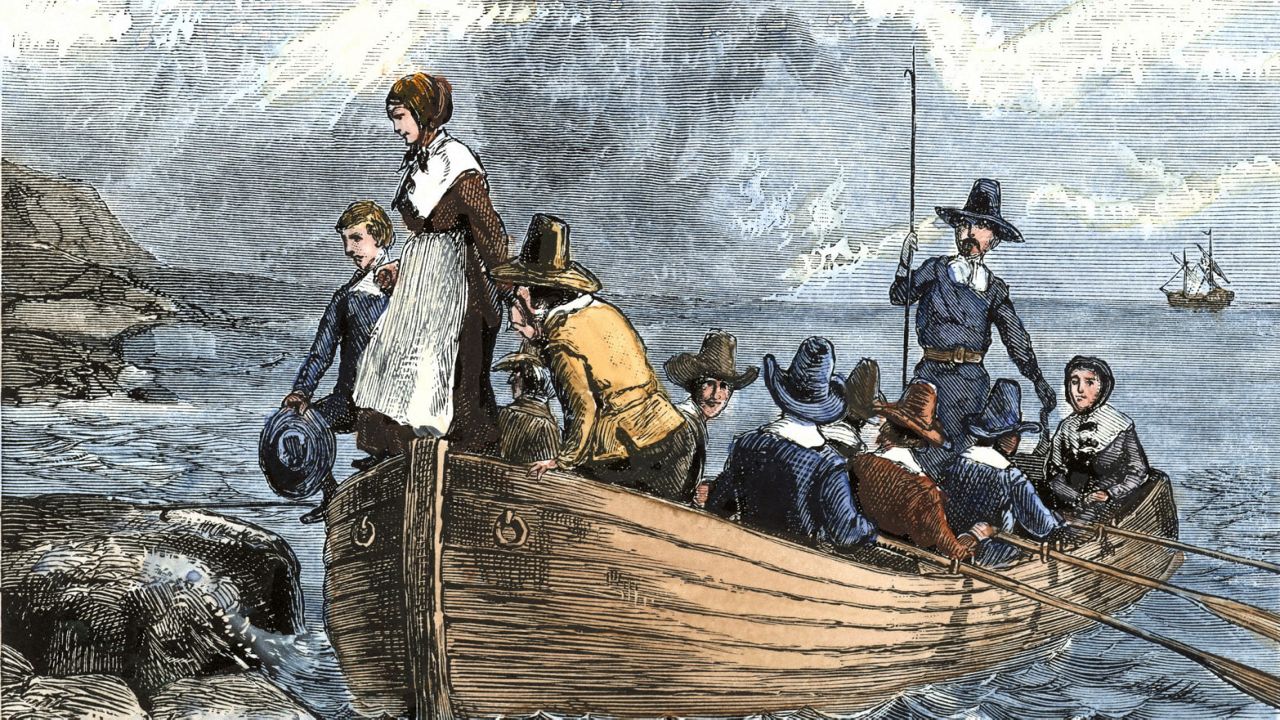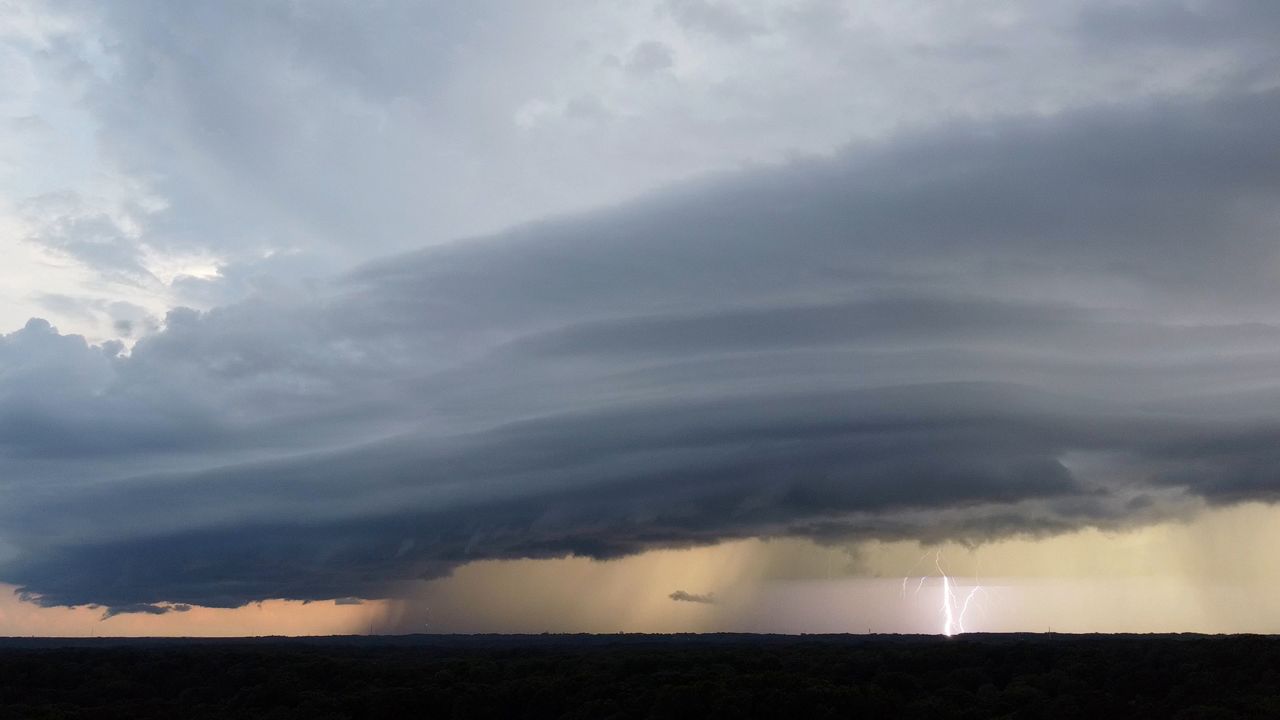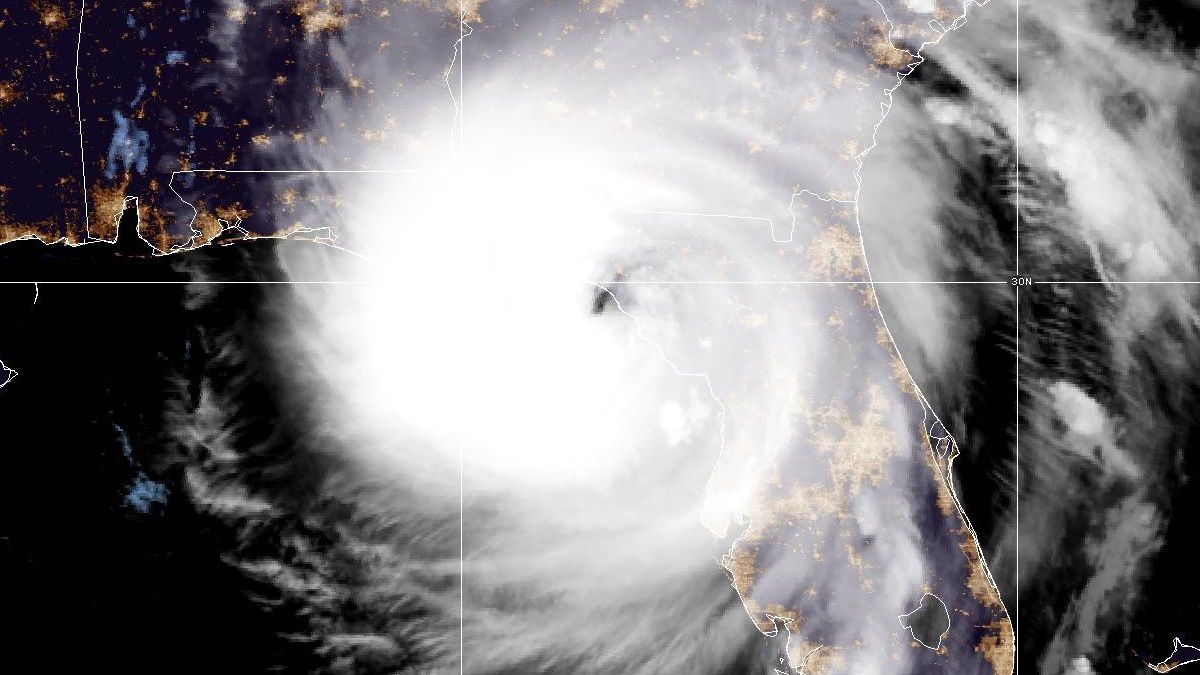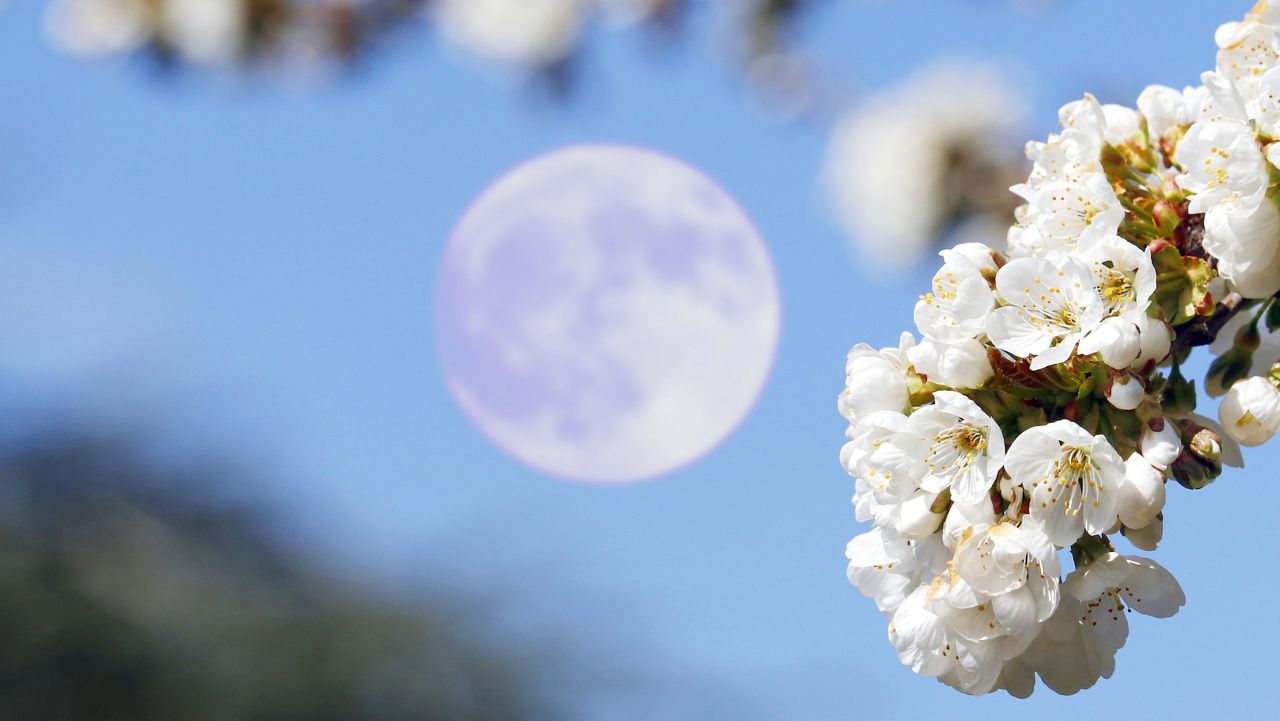This time of year, families gather together to enjoy a wonderful feast with turkey and all the trimmings, share fond memories and watch the pig skin being thrown around on the tube. Of course, the first Thanksgiving was vastly different among the Pilgrims who sailed for two months to start a new life in a new world.
It was a harsh journey across the Atlantic and the one that proved to be fatal for many, even after they arrived at their new home. And, of course, the weather played a big role in those early days of survival. In fact, the weather ended up determining where the Pilgrims ended up settling.
On Nov. 11, 1620, the Mayflower arrived in New England. They had planned to sail farther south toward the mouth of the Hudson Bay, but weather made that feat impossible. Having surveyed the beaches near Cape Cod, it was determined the water was too shallow for a safe landing.
With winter fast approaching, they sailed north. The southerly winds and clear conditions were suitable for this route, and in mid-December, they landed in what is now known as Plymouth, Mass.
Fortunately for the Pilgrims, the first winter (1620-21) they had to endure was relatively mild. In fact, it turned out to be one of the warmest in recent memory. Even with the mild winter, close to half of the colony members died because of disease, aided by the wintry conditions.
Had it turned out to be a harsh first winter, there is no doubt the settlers would have fared far worst with more mortalities.
Spring arrived early and that allowed the settlers to plant crops. However, the climate created problems for those crops. In another twist of good fortune, the settlers were able to befriend some natives that taught them how to adapt their crops to the New England climate. They also helped them with fishing and hunting opportunities.
Because of this help, the newcomers were better prepared for the next winter to come. To celebrate their good fortunes, a gathering was arranged to give thanks, thus becoming the first Thanksgiving. We have come a long way since that first Thanksgiving, but the message is still the same. Let’s give thanks!
Our team of meteorologists dives deep into the science of weather and breaks down timely weather data and information. To view more weather and climate stories, check out our weather blogs section.






)


